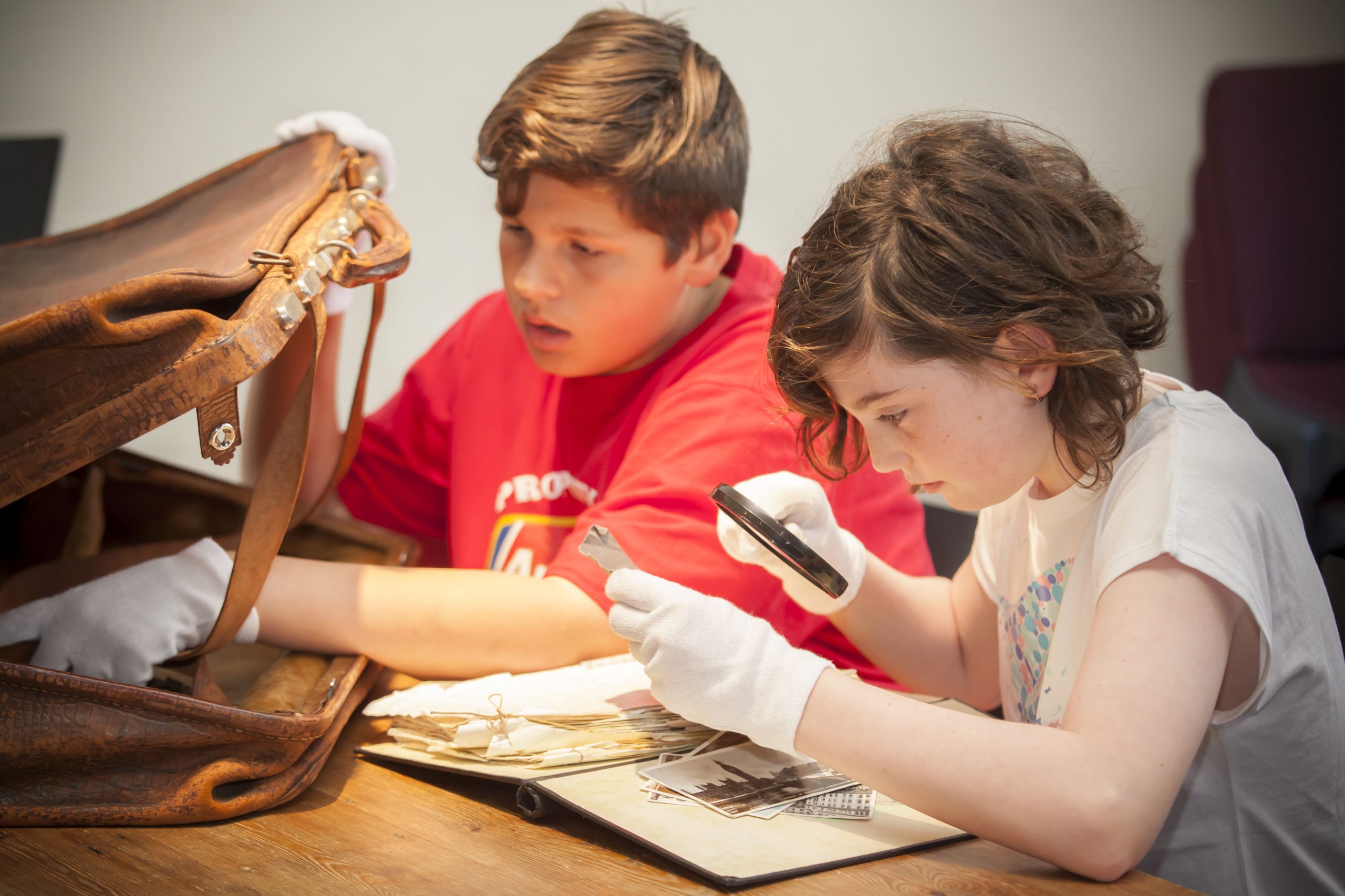
Resources
Resources
First Day
First Day It’s the 11th November 1975 and your first day as a junior journalist in the Parliament House press...
Kid Curator
Welcome to Kid Curator Created in collaboration with HeapsGood Creative Director Michael Mills, this series explores local South Australian history...
How to History
How to History is a six-part video series exploring in-depth break downs of core history skills. Rounded out with posters, worksheets and other accompanying resources, the series empowers students to apply history skills to any area of historical research. How to History is curriculum aligned and has videos that can be used for both primary and secondary students from year 2 right up to year 10.
Research Guide
Research Guide Finding high-quality sources is an essential part of conducting high-quality historical research. Below is an ever-evolving list of...
The Vickers Vimy Story
The History Trust of South Australia have worked with the Adelaide Airport, the South Australian Government and the Australian Government together to promote school learning opportunities that encourage you to engage with and be inspired by the Vickers Vimy aircraft, its epic story and that of the four remarkable men who flew it.
Holden and Me: Responding to Oral Histories
Lesson 2: Responding to Oral Histories Lesson 2 explores how and why oral histories are used and encourages students to...
Holden and Me: Exploring Objects
Lesson 3: Exploring Objects Lesson 3 uses an object-based learning approach adapted to a digital platform. Learners engage in considering...
Holden and Me
Welcome to the Holden and Me Unit These curriculum-aligned educational materials use stories and objects from the Holden and Me...
Holden and Me: Word Wall
Word Wall The word wall lesson is designed to be used as an introduction to the unit, with the aim...
Holden and Me: Junior Primary
Holden and Me: Junior Primary This junior primary lesson explores concepts of past, present, and future to understand the ways...